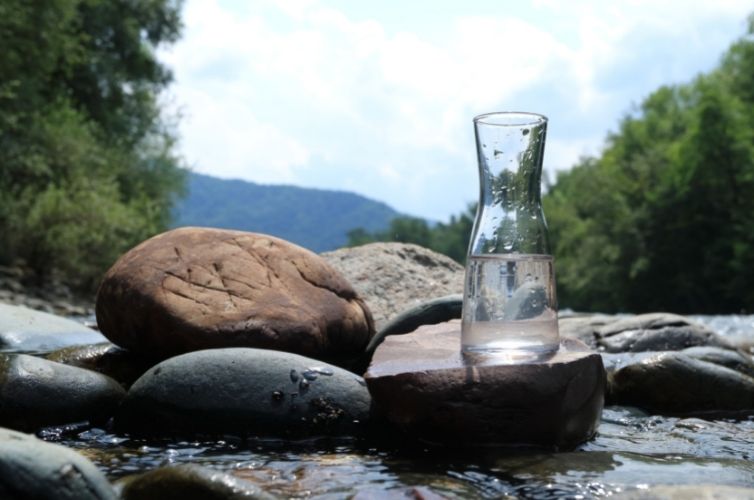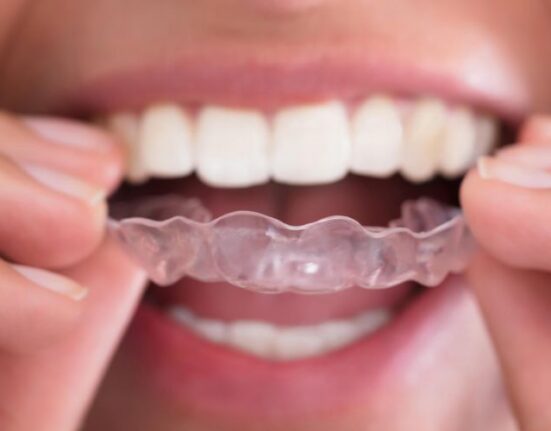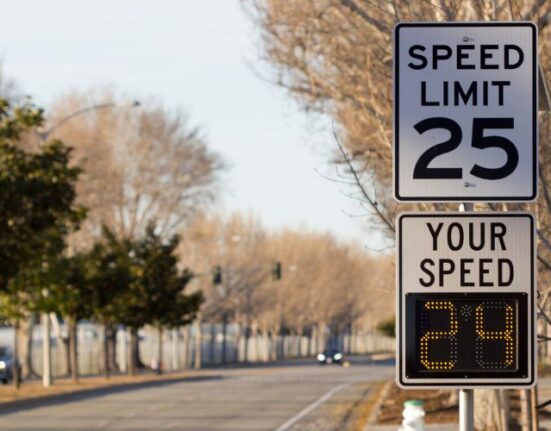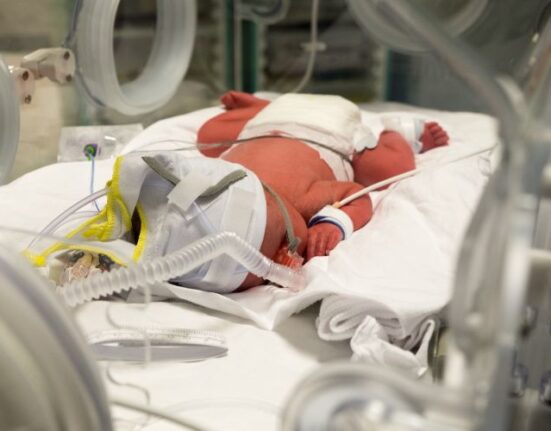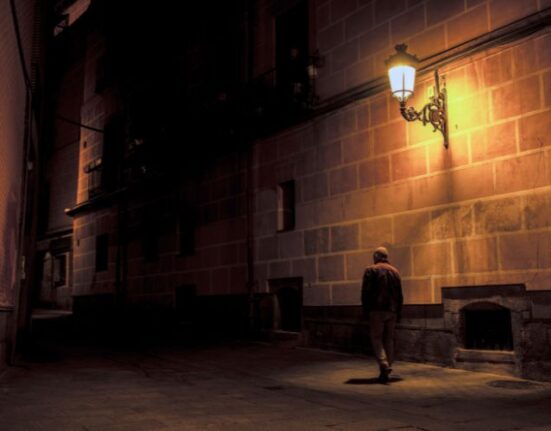Without the water that comes to our homes, our lives would be a lot more difficult. Whenever we turn on the sink or shower, we don’t usually consider where the water is coming from or how it’s treated. However, you should always be aware of the signs that your water isn’t clean. Water can get contaminated through a number of means, from a water main break to improper treatment, so it’s important to know when water is clean. We’ll walk you through how to know if your water is safe to drink so that you can always be sure.
The Water Isn’t Cloudy
Perhaps the mildest form of water contamination you can see is if your water starts to get a little cloudy. When water is cloudy, it could mean it’s hiding some nasty pathogens or bacteria. Ideally, you want your water to come out crystal clear and perfectly transparent. A small amount of cloudiness isn’t the end of the world, but you may still want to have it checked out.
The Water Has No Color
One of the easiest ways to know if your water is safe to drink is to look at its color as the water comes out of your faucet. Strangely enough, your water can have a whole array of tints, depending on the amount of certain hard substances inside of it. Excessive amounts of iron, manganese, or lead can cause water to take on a yellow or brown tint. Water with too much copper in it can actually turn almost blue or green.
The Water Has No Odor
The hard substances we just mentioned have a secondary effect on your water that you’ll notice right away. Those substances can also change the odor of your water to a few rather unpleasant smells. A rotten egg or fishy smell coming from your water is a clear indication you shouldn’t drink it, as this means enough contaminants have built up to cause the odor.
The Water Doesn’t Taste Odd
If you haven’t taken care of your pipes in a while, they may start to rust right under your nose. Rusty pipes are recipes for disaster for your water, as they can release harmful metals into your drinking water. Hard water in more remote areas can taste slightly metallic, but contaminated water will be much more obvious in its metallic taste, and it can even taste salty at times.












